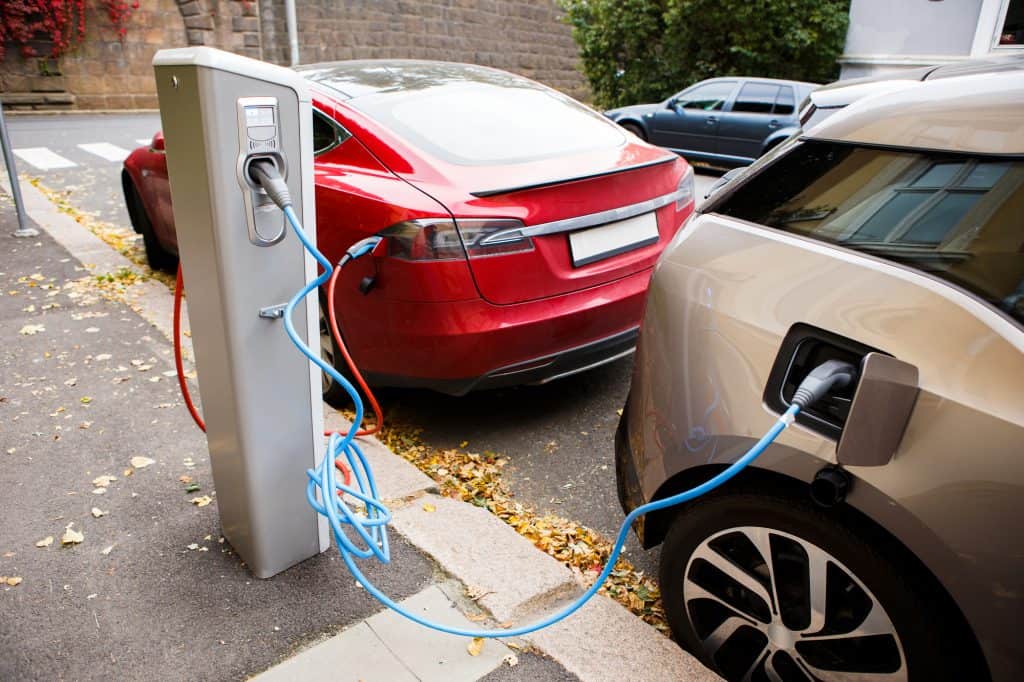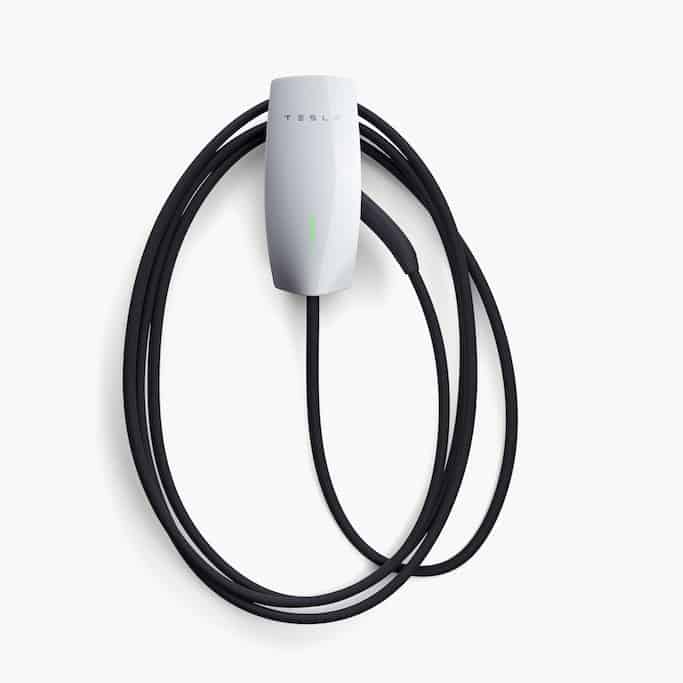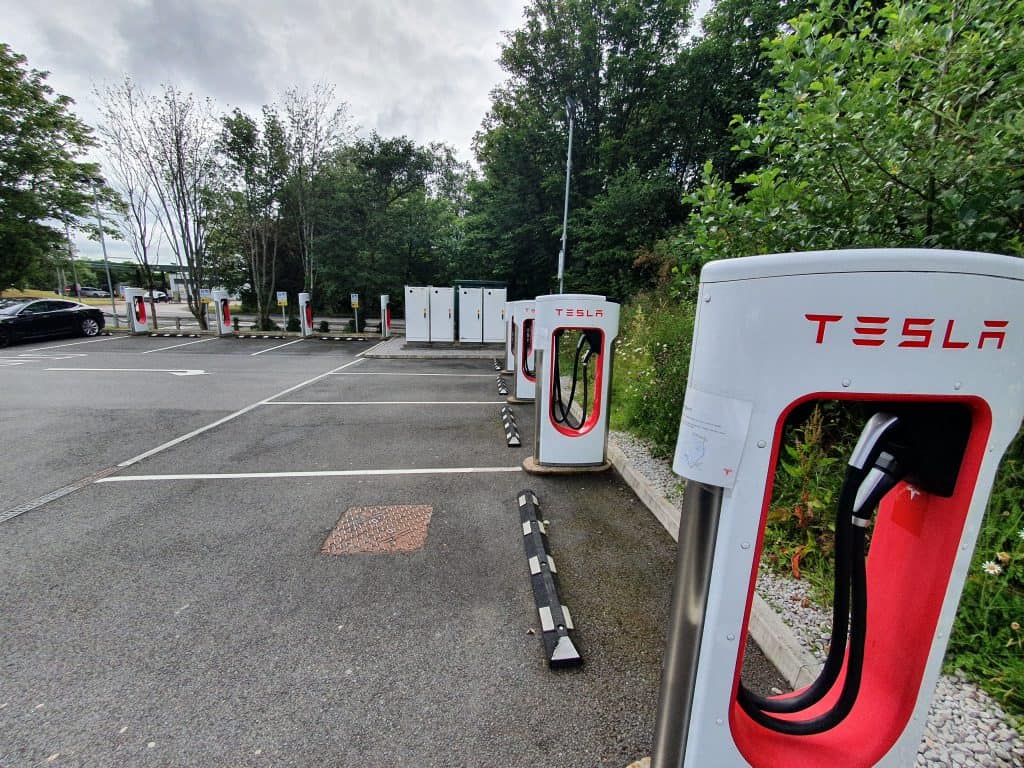When it comes to electric vehicles and their adoption, one big question has occupied the minds of consumers everywhere, and that’s charging. Yes, they’re also worried about the range of the car, but that of course is also strongly connected to how the vehicle charges up. In the early days of EVs, charging was a fairly slow business, but over time it has increased in speed to the point where public charging stations with DC fast charging capabilities can add 100 miles of range in just 10 minutes.
But what came before? When it comes to home charging, there is essentially no DC fast charging option. Most people have one of two choices:
- Level 1 Charge: Also known as ‘slow’ or ‘trickle’ charging; this method involves a single-phase charging period using just the factory-issued cable plugged in to a household outlet.
- Level 2 Charge: Using a wallbox or more powerful charging unit that uses a standard 7-pin connection at both ends and allows for up to 3 phases of charging to happen.
In industry terms, the level 1 and level 2 (or type 1 and 2) names chiefly refer to pin-connection types and power ratings. The type 1 cable, for instance, only charges for power levels of up to 7.4kW.
To charge something like a 100kWh Tesla battery would therefore take days. This is why the type 2 chargers are offered with stronger power ratings that can charge even large battery capacities from just 5 percent to 80 percent or more overnight.
In today’s blog, we’re asking about trickle charging and whether or not it’s a good thing for a Tesla. We have heard a lot about the effects of super-fast DC charging on battery capacity and been warned that excessive supercharging can lead to battery degradation — though that seems to be improving thanks to new battery technology — but what about slow/trickle charging? What are the different impacts of that?
Trickle Charging a Tesla – How Long Would it Take?

The website pluglesspower.com showed us just how big a difference there would be when trying to charge up a Model S or Model X 100D with a level 1 charging system. The “100D” in the name here, just in case you are not clued in, refers to the 100kWh battery in the Tesla. It’s currently Tesla’s largest battery and used in their long-range models.
Using 120-volt level 1 charging, it would take as long as 4 days to charge a Model S or Model X 100D from empty to full. If you were to use level 2 charging at 240 volts, it would take anywhere from 6 to 30 hours depending on the output strength (level 2 chargers are adjustable and use different strength charges for different phases). If you use a Tesla Supercharging station, you can add 170 miles of range in just 30 minutes.
Level 1 trickle charging only adds about 2 miles of range per hour of charging delivering 1.4 kW of power through the cable. By comparison, the level 2 system adds up to 52 miles of range per hour, and offers power levels of 3.7 to 17.2 kW. These clearly inform people’s charging choices.
From this we can see the difference in how long it would take, but if level 1 trickle/slow charging is so slow, why do we even still have it? The main reason it is still around is that this type of charging is very useful to use on plug-in hybrid cars with much smaller battery capacities that can be fully charged overnight even using a level 1 charger.
Even though that’s true, many still opt to use a level 2 charger at home for the additional speed, even when it’s just a hybrid battery in need of charging.
Is Slow Charging Good for Your Tesla?
Next let’s consider questions on charging and battery health. Trickle charging is clearly too slow and if you were someone who drove their Tesla a lot each day and had to recharge from a low battery percentage up to at least 80 percent, then this type of charging isn’t going to do enough for you.
If, on the other hand, you were someone who only covered low mileage in a day, perhaps 30 miles or less just running errands, taking the kids to school and picking them up, and so on, then level 1 charging would actually be sufficient.
But that practicality aside, would level 1 charging, if feasible, actually be better for a Tesla’s battery health? The physics of the scenario would seem to support the idea that trickle charging is better for your Tesla’s battery health, especially if it’s an older model.
Slower charging means that the lithium-ion battery pack heats up much less, and that helps the battery to retain capacity and chemical balance better. The faster you charge, the more heat is generated and over time this heat can degrade the Li-ion battery.
Having said that, many hybrids use Ni-MH batteries, which tend to perform worse than the Li-ion batteries in both charging and longevity situations. So EVs generally perform better than hybrids due to the superior battery technology used.
Either way, instead of words like “slow” and “trickle” we could use a word like “gentle.” Like a gentle laundry cycle is easier on those finer items of clothing, a gentler charging cycle puts far less strain and heat onto the Tesla’s battery pack.
Is There a Downside to Slow Charging Besides Charging Time?

While the time factor is certainly a big reason why people choose not to use level 1 charging solutions, there is a little more to the problem as well. Namely, the fact that trickle charging takes so long makes it harder for Tesla owners to take advantage of off- and on-peak electricity hours and the savings they can bring.
For example, electricity provision between midnight and 6pm is typically cheaper than it is at other times. For many Tesla owners, this is a great way to make charging even more affordable by setting the charger to only start pushing electricity into the battery when the off-peak rate kicks in.
This ensures that you don’t wastefully charge on unnecessarily high rates. This is much harder to do, of course, when you are charging constantly for 4 days, or even if you are charging for half the day. You will inevitably jump between on- and off-peak rates and might negate some of those financial savings.
Because of the single-phase nature of level 1 charging, it’s actually far less efficient than level 2 charging and if you trickle charge over a long period to charge up a long-range Tesla, you will end up wasting a lot more electricity than you would using a level 2 charger with multi-phase charging facility.
Does a Tesla Need the “Gentle” Charge?

These drawbacks aside, there are further questions over the advantages of trickle charging for a Tesla anyway. If you drive an older Tesla model with a battery that may have already partially degraded and you’re looking to stop it degrading further, then it’s clear that a gentler trickle charge will help you in that goal. There are other factors, however, with which trickle charging won’t be of any help to you.
For instance, one thing that degrades EV batteries just as much (if not more) than overheating from DC fast charging, is the act of deeply discharging the battery close to 1 percent of less and then fully charging it back up to 100 percent.
There has been a mentality that people have long held where they believe that letting a battery deep discharge before recharging was actually good for battery life. This may have been true of some cell phones back in the 2000s, but it’s not true of lithium-ion batteries in 2021.
Cleantechnica.com quoted Tesla YouTuber Sean Mitchell on his three simple tips to keep your Tesla battery in good order, and slow charging was not one of them. They included:
- No regular charging to 100-percent — reserve this only for when you’re taking extended journeys
- No regular deep discharging of the battery to less than 10 percent
- Protecting the battery from high temperatures, chiefly by not exclusively using Supercharger stations to charge the battery.
Other information shared on insideevs.com showed that a typical Tesla from 2012 to 2020 only loses about 1 percent of battery capacity every 20,000 miles. For the average driver in the US who covers about 13,000 miles a year, that means fewer than 1 percent of degradation year on year, and after owning a Tesla for 10 years you’d still have at least 90 percent battery capacity.
That’s a far cry from the old Nissan Leaf models which today after about 10 years only have about half of their capacity if they haven’t already had a battery change.
Final Thought
As a final thought, therefore, we could say this. Slow charging clearly has some technical benefit to your Tesla because it doesn’t heat the battery and therefore won’t contribute further to degradation. It’s the opposite trajectory to minimizing use of Supercharger stations. On the other hand, the disadvantages of using trickle charging raise questions as to whether these benefits are really worth it. If the battery already retains so much capacity under quite simple conditions, then why do we need the pain of trickle charging?

Level 1 and level 2 are both single phase chargers. I think what you are reffering to is a higher voltage resulting in a faster charge and less time spent actually charging the car, which in uses a little bit of power itself.